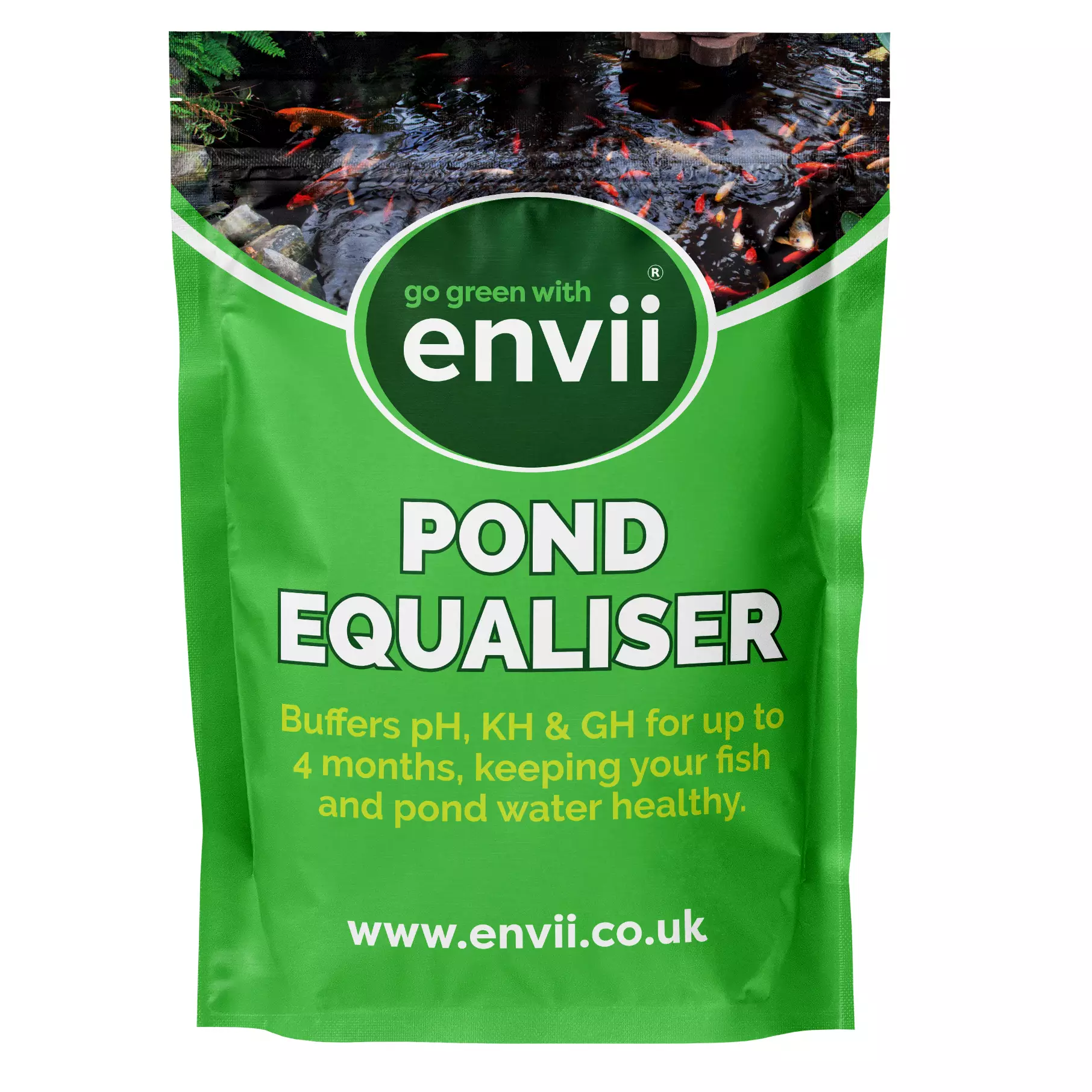Why Is My Pond Losing Water?
Pond water levels dropping is a common problem that many pond owners encounter and can seem quite worrying. Everybody’s first thought is “My pond must be leaking!”, however, only 5% of suspected leaks turn out to be genuine leaks, so don’t panic just yet!
There are actually a few different reasons that could be causing the water levels to drop, which we’ll explore in more depth throughout this article.
Keep reading to find out more!
Jump to:
1. Evaporation 2. Pond Plants 3. Splashes 4. Leaks, Pumps, Filters and Plumbing
5. Rips, Tears & Cracks in The Liner 6. Pond Edges 7. Wildlife
Why is my fish pond losing water?
To fix the cause of your lowering water levels, you need to diagnose the problem first. Here are our seven reasons why your pond may be losing water, and how to fix the problem:v
1. Evaporation
Evaporation is the most common and natural source of pond water loss causing water levels to drop roughly one inch per week. Factors such as location, time of year, pond size, and the weather can affect the rate at which evaporation occurs.
For example, ponds in areas that experience high temperatures and sun exposure during the summer will experience significant water evaporation. The wind also increases the rate of evaporation.
How can you reduce evaporation?
Evaporation can be reduced by keeping your pond shaded. However, if your garden pond is located where it can’t get shade this may not be an option. Fortunately, water loss from evaporation is naturally replenished through rainfall.
But, if you take matters into your own hands and top up your pond water with a hosepipe, it’s important to do this carefully. We’ll explain exactly how to top up your pond with tap water without harming the balance of your pond parameters later!
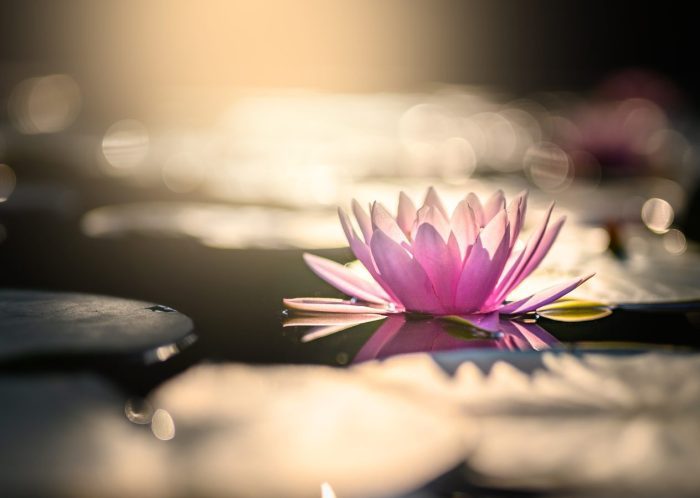
2. Pond Plants
Depending on the types that inhabit your water, pond plants may be contributing to the water loss. This is because they consume water from the pond, especially plants which bloom in summer such as lilies, which typically absorb large quantities of water.
Can land plants affect water loss?
Aquatic plants aren’t the only flora that can affect water loss. Terrestrial (land) plants can impact pond water levels if their foliage hangs over or into the pond. Weeping Willow trees are a good example of this – when their leaves hang into the pond they consume a large volume of water. To avoid this, we recommend trimming back plants surrounding your pond to prevent foliage from accessing the water.
Tree roots can also be problematic as they may upset the foundations of your pond.
However, while plants consume a significant volume of water, they can also help to reduce pond water loss. Plants are great for providing shade from sunlight and therefore can reduce the rate of evaporation!
Other than getting rid of your plants altogether, which we don’t recommend due to the many benefits they offer to your garden, there’s no real solution to stop plants from consuming the pond water.
The best thing to do is replenish the pond water with a hosepipe the same way you would replace evaporated water.
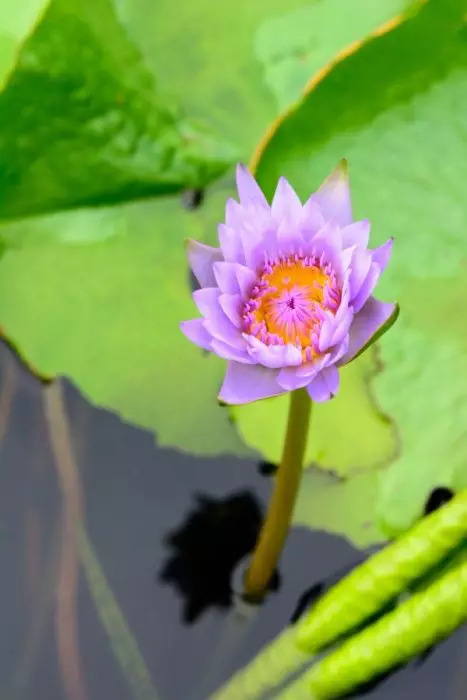
Related Products
-

Envii Chlorine Klear
£14.99Removes harmful chlorine and chloramines from tap water.Add to Basket -

Envii Pond Equaliser
£15.99Stabilises the pH & KH in ponds to keep water safe for fish.Add to Basket
3. Waterfalls and water features
If you have a waterfall, water feature or fountain, they could be behind the mystery of your disappearing water. If water features aren’t aligned correctly, they can splash or spray water out of your pond. While splashes may seem insignificant, they can actually contribute to a noticeable amount of water loss.
It’s also important to consider how splashes increase pond water evaporation. Splashes expose pond water to more air, which increases the rate of evaporation – even more so when there’s wind!
Spend a couple of minutes watching your waterfall or fountain to see if you can see any obvious water splashes. If you see any, adjust any rocks to direct water back into your pond or change the flow rate to keep splashes to a minimum.
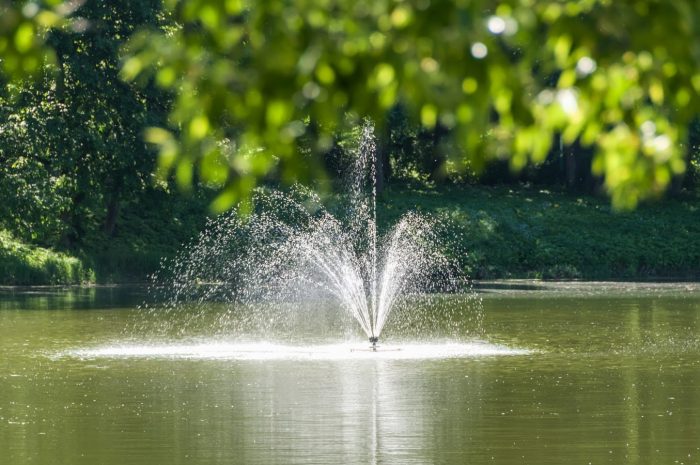
4. Leaks from pumps, filters and plumbing
Despite what many pond owners think, leaks are the least common cause of pond water loss. However, they’re still a potential cause so it’s important to check for them.
How do you check if you have a leaking pond?
First, check all the fastenings on your pond pump and filter pipework. Pond pumps are sometimes made of brittle plastic that will degrade over time and possibly crack or split, causing small leaks in pipework joints. If you spot any leaks, replace the part as soon as possible to avoid further water loss.
Then, check the filter media inside your filtration system as this can often become blocked with debris. If not cleaned regularly, blocked filters can result in water overflowing from the filter box. If the filters are dirty, take them out and give them a quick spray with the hosepipe to wash away any dirt or algae.
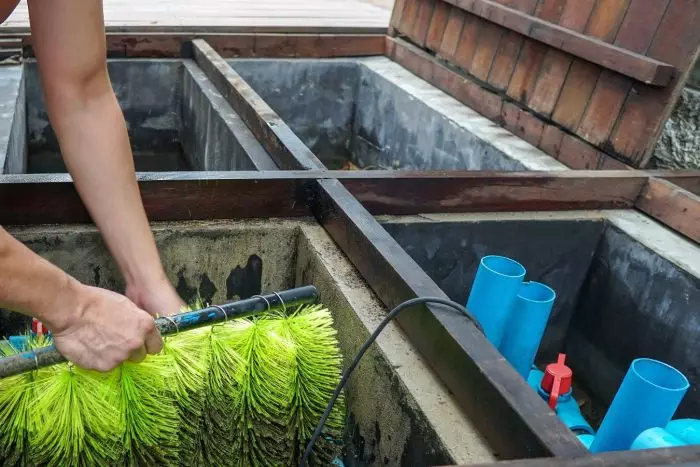
5. Rips, tears and cracks in the liner
Sometimes, your pond water level may be dropping due to damage to the liner underneath. So, be sure to check for any splits, rips, or cracks in your pond lining.
Before we continue, if your water volume drops too low you must re-home your fish whilst you repair the leak. When re-homing them, be sure to use water from your pond rather than tap water to reduce the chances of stress and illness in your fish.
How do you find a leak in the pond liner?
To spot a leak, you’ll need to switch off your pond pump and make a note of the water level. At this point, it should make it easier to determine whether the water loss is due to the liner and not your pipework. Be careful when letting the water drain so that it doesn’t drop too low. If it does, you could expose your fish to predators and reduce the oxygen levels in your water which are crucial to a fish’s health.
If you discover that your liner is the culprit, skim its surface around this water line to find the hole and repair it to stop your pond from losing water.v
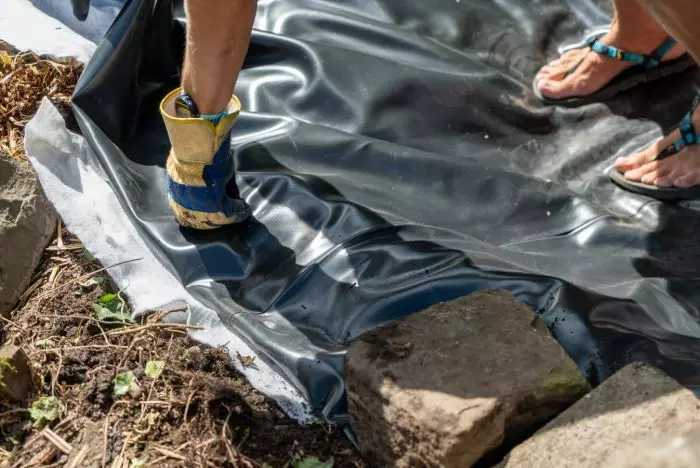
6. Pond edges and surroundings
Various factors around the surrounding fish ponds may cause them to lose water, such as low edges. Water can escape from the brim of a pond at its lowest point which is a sign that a pond’s edges are not level.
What’s more, if your pond liner detaches from the edge it may cause the water to escape. A simple fix is to readjust the pond liner to lift the edge and secure its position using rocks or heavy ornaments.
Finally, consider what surrounds the circumference of your pond. If your pond is surrounded by rocks or other porous materials such as wood, they may be absorbing water from the pond. Additionally, partially submerged rocks in your pond are likely to increase water loss – this is because the thinner water will evaporate faster.
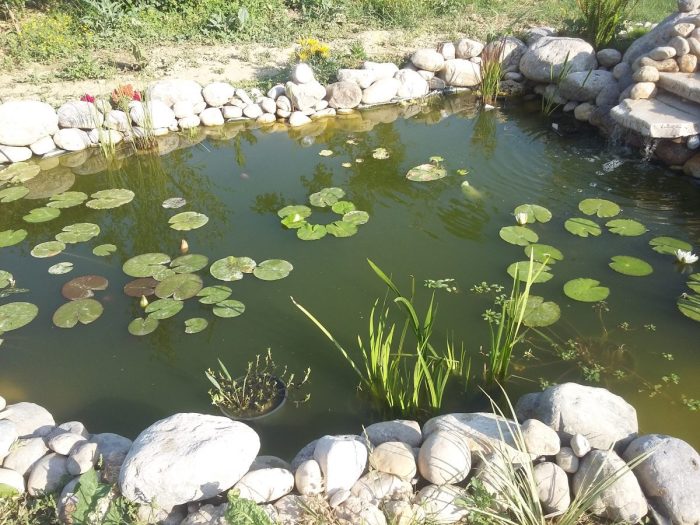
7. Wildlife
Depending on the location and nature of your pond, there may be a chance that wildlife is interfering with your pond water system and bringing about water loss. For example, birds may bathe in your pond and take residual water with them when they fly away. But in most cases, it wouldn’t be considerable enough to notice.
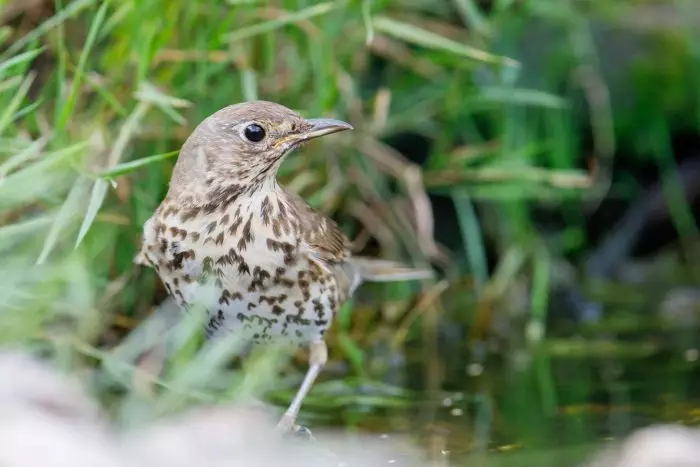
Tips for adding water to a pond
Before topping up your pond water there are a few things you need to consider first – take a look at the following tips to help you safely boost your pond water level.
With a hosepipe:
- Rather than replenishing the pond in one go, try adding a small amount each day.
- When adding the water, use the rose attachment on the hose to create a sprinkle rather than a pour. Doing it this way ensures some of the chlorine is burnt off before entering the water.
- It’s vital to remember that whilst tap water is fine for us to drink, it can be fatal to pond life due to the levels of chlorine. That’s why it’s essential to use Chlorine Klear to remove any chlorine from tap water. For more information, take a look at our ‘How to make tap water safe for fish‘ blog.
- After adding the Chlorine Klear to your topped-up pond, add Pond Klear as well to replenish beneficial bacterial levels.
Using rainwater from a water butt:
You can use the collected rainwater in your water butt to boost your pond water levels. Still, it needs to be treated first to ensure it is safe for marine life. You can clean the water stored in the container using Envii Water Butt Klear, which is a formula designed to clean stored rainwater and keep it healthy and toxin-free.
Then you can start applying the water daily in small amounts just as you would with tap water.
Final Advice
Unfortunately, no matter what we do, water loss naturally happens throughout the year.
When topping your pond up, we highly advise that you use Pond Equaliser to remove any harmful chemicals or heavy metals and to stabilise the water parameters of the added water.
This will keep the aquatic life living in your garden in great health throughout the year.
Speak with us today
Need to top up your pond water level with tap water but aren’t quite sure which treatments to use? Not to worry, our friendly team can help you with any queries you may have. Give us a call on 01246 240880 or send a message at info@envii.co.uk and we’ll be in touch ASAP.

 Call us on 01246 240880
Call us on 01246 240880 Sign-up and receive 10% off
Sign-up and receive 10% off

